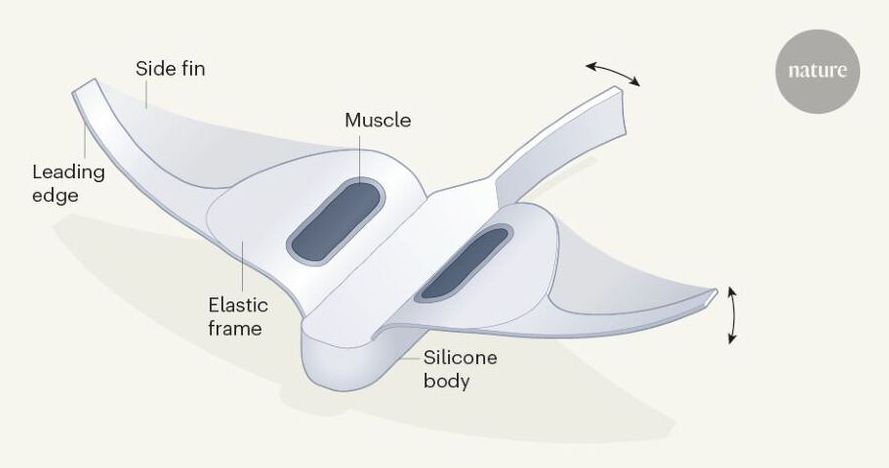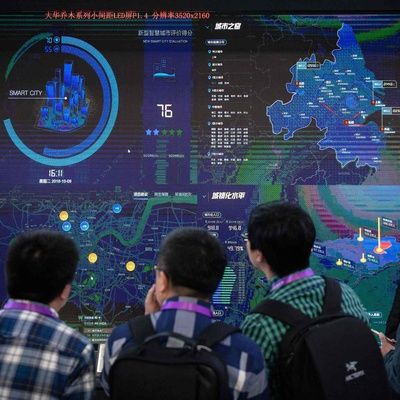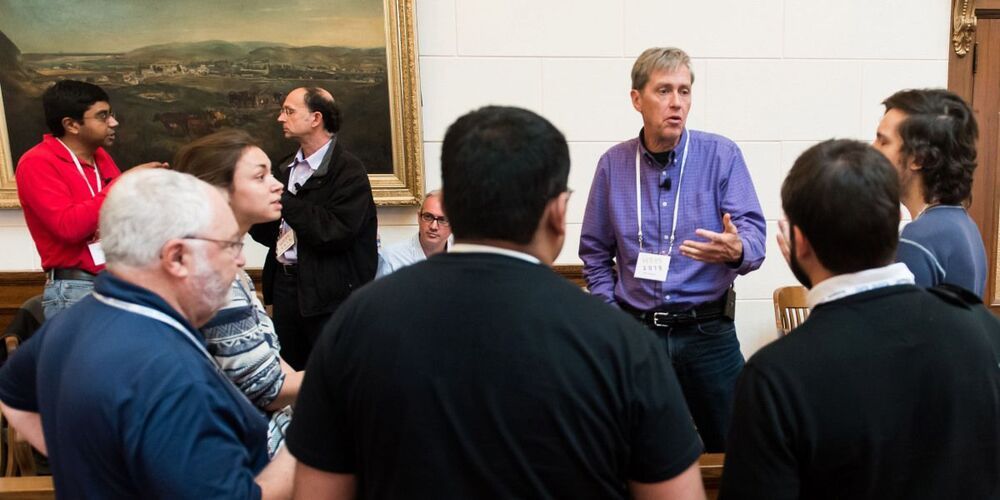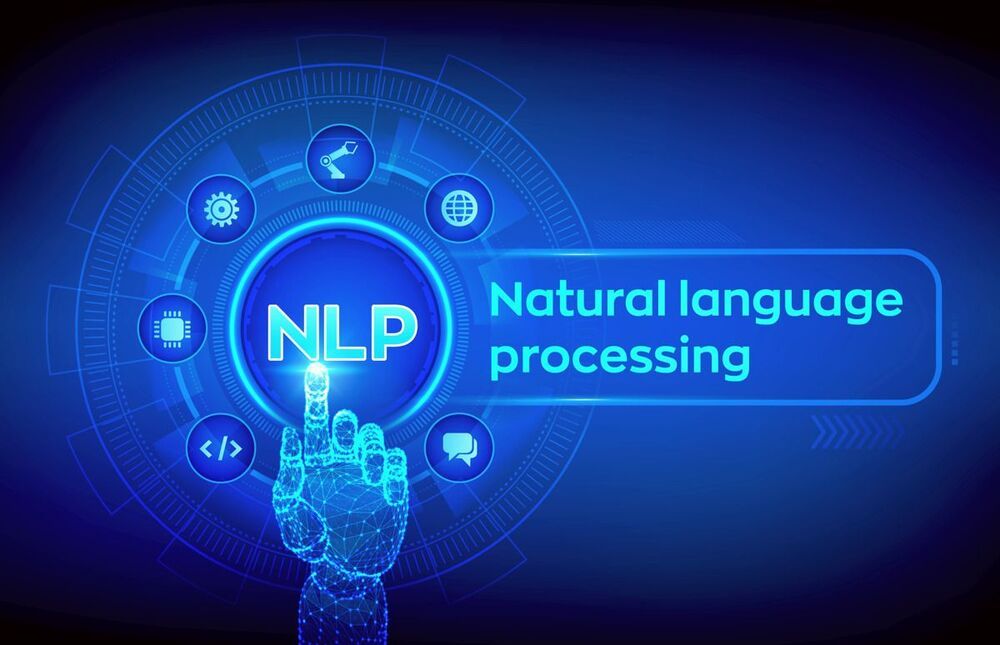Founded by Google veterans and backed by $340 million from major VCs, Skydio is creating drones that seem straight out of science fiction—and they could be flying around your neighborhood soon.



Healthcare AI Research And Development Supporting 9+ Million U.S. Veterans, Their Families, And Caregivers — Dr. Gil Alterovitz, Ph.D., Director, National Artificial Intelligence Institute — U.S. Department of Veterans Affairs.
Dr. Gil Alterovitz, Ph.D. is Director, National Artificial Intelligence Institute (NAII) at the U.S. Department of Veterans Affairs (VA), where he focuses on…

The National Security Commission on Artificial Intelligence’s recent report is a “wake-up call” in part because of one country: China.
Retaining the current dwindling edge will take White House leadership and a substantial investment, according to the National Security Commission on Artificial Intelligence.


The money committed to companies and projects in this area increased to $13.8 billion, more than 4.5 times that invested in 2019, according to the Artificial Intelligence Index, an annual report produced under the auspices of Stanford University’s Institute for Human-Centered Artificial Intelligence (HAI).
Those are a few of the insights from this year’s AI Index report, which shows adoption of the pandemic did nothing to dent adoption of the technology.

No, the Singularity won’t happen. The Second Law of Thermodynamics eviscerates any technology we might invent.

